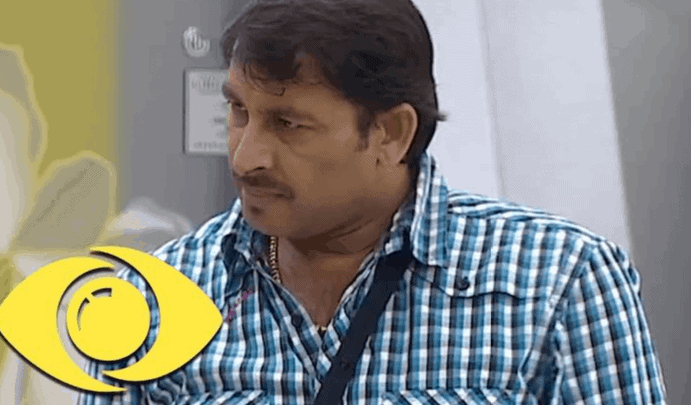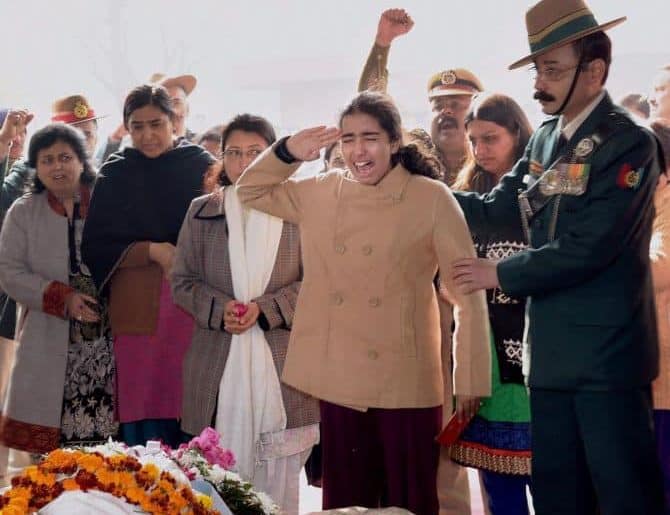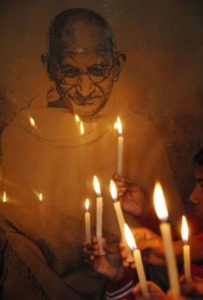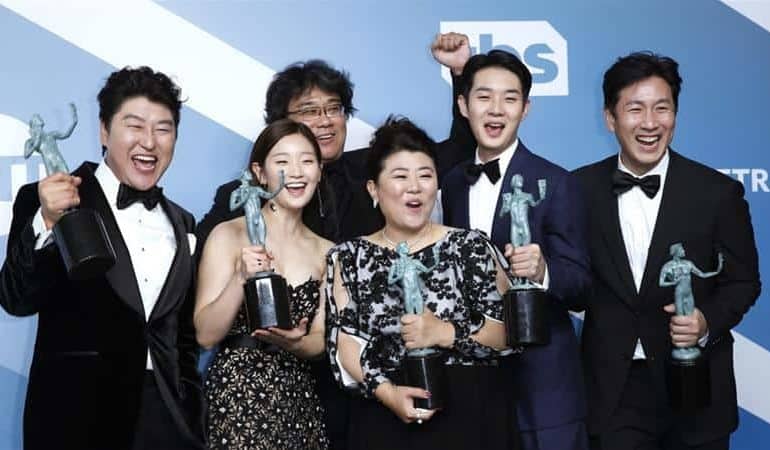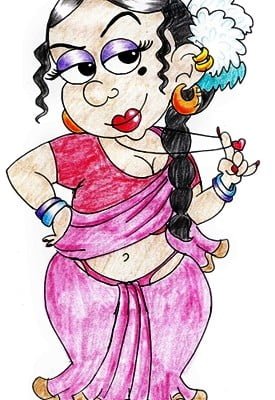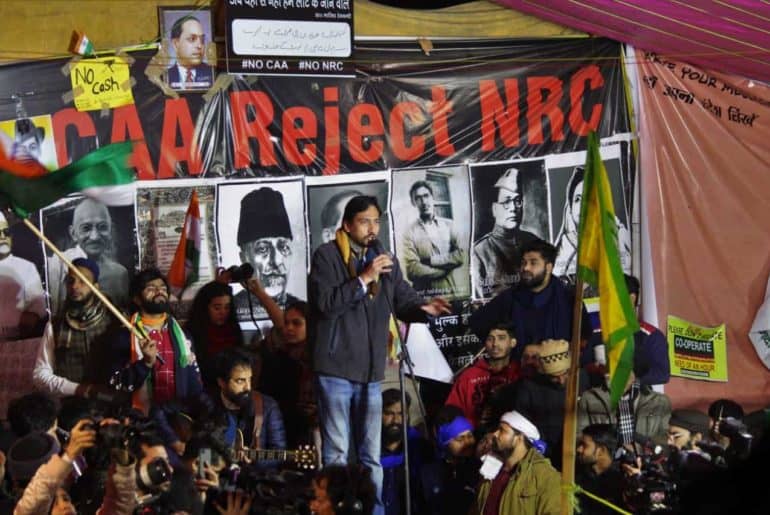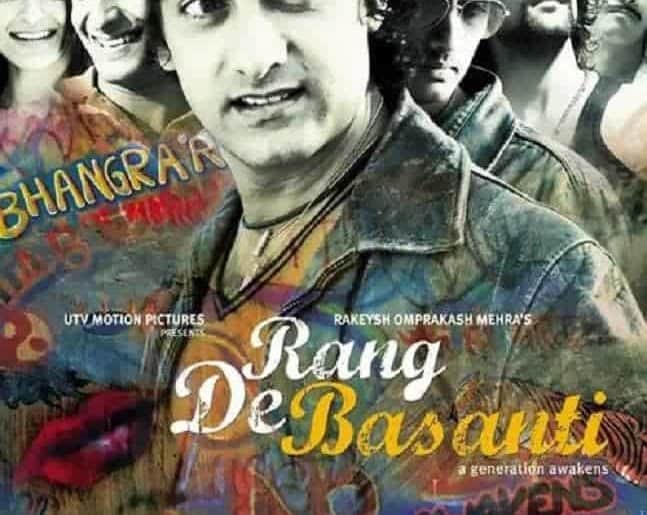Delhi’s Legislative Assembly Elections are around the corner and Manoj Tiwari seems like the Bharatiya Janata Party’s candidate for the post of Chief Minister (if not Dr. Harshvardhan).
Of course, this is some great news as the talented, mature, responsible, all-rounder called Manoj Tiwari. A Member of Parliament (MP) from North-east Delhi, he is the epitome of the leadership which this City demands.
Here are 5 reasons why you should cast your vote for Rinkiya’s daddy.
1) He’s versatile
Manoj Tiwari was primarily a singer of Bhojpuri songs. While his musical capacity can be judged, one can’t deny the fact that Tiwari brought a resurgence in Bhojpuri music making it more accessible and mainstream for audiences in the northern mainland.
And then, he did a bit of acting. He was clearly robbed from the Filmfare award for Best Actor in a Supporting Role, with his role of “Kalia” in Deshdrohi (a movie directed, written, produced by, and starring the visionary KRK aka Kamal Rashid Khan). Tiwari gives a committed performance as an intimidating hitman with dialogues like “Mera naam Kalia hai aur Kalia ka matlab tumhari maut” (My name is Kalia, and Kalia means “your death’)
Then, he was even willing to put himself under house arrest, being detained at Bigg Boss’s house for a few months. And we all know, great leaders of the world have gone to prison at some time or the other.
2) He gets what he wants
Manoj Tiwari is a determined individual. If he wants something, he’ll go through heaven and hell and Dolly Bindra to get it. When he avoided the temptations of chicken tikkas on the table, he just wanted to make an “amlate” of two eggs.
But Dolly Bindra (who metaphorically represents the opposition party) was clearly bothered by this and attacked Manoj with the power of a 120-decibel voice. Manoj was unaverred by this and walked on to get his hand on some eggs. While he couldn’t make an omelette in the end, it’s still his effort of dissent which counts.
Good leaders, and primary school kids, they need to be stubborn. And in an age of annoying political ‘boomers’, Manoj Tiwari is the kid who needs our votes.
3) He knows how to party
Manoj Tiwari is no less of a Pitbull. Just take his songs. Each of them is a banger, giving us a glimpse of his mind. In Baby “Bear” Peeke Naache (that’s the actual spelling in the video), Manoj plays a creepy bartender who makes a girl drink some bizarre kind of beer, which makes her do some bizarre dance, and then eventually get close to Manoj to give him a bizarre kiss.
He has had more such songs on spreading love and harmony to some fast-paced beats. Goriya Chand Ke Anjoriya and Upar Wali Ke Chakkar Mei are some other classic music videos by him that you need to check out right now.
Imagine him winning the elections, and embarking on a pan-NCR concert to celebrate it! Enough reason to vote for him.
4) He’s friends with Khali
Manoj’s networking includes several people, including his fellow Bigg Boss detainee, The Great Khali. By the way, you need to check out Khali’s Instagram for its wholesome, pure content. His Instagram is one thing which will unite this entire country apart from Manoj Tiwari’s songs.
Coming back to the point, Khali made his friendship evident in a recent video where Manoj is driving his car. Manoj smiles at the camera and says “Hum dono dost hai” (We both are friends). Now, if something happens in our city, CM Tiwari can be the Nick Fury to Great Khali’s Hulk instructing him to beat up threats to our society like “student goons”.
5) His party has progressive plans for Delhi
While Aam Aadmi Party (AAP) is just campaigning on the basis of education and healthcare, BJP campaigners seem to be going to various colonies of Delhi are shouting slogans of Bharat Mata ki Jai and handling short-term problems like the traffic jam caused by the Shaheen Bagh protest. Obviously, the nation’s “honour” and “integrity” come first and then the city’s development. This means that probably Manoj Tiwari’s MLAs think they’re MPs. So that’s the final reason why we should vote for Mr Tiwari cause, of course, the entity called Bharat Mata needs to be taken care of first and then the citizens of this city.
Featured Image Credits- Big Brother (YouTube)
Shaurya Singh Thapa

